1. Unlikely Predators

Ever heard of the Killer whales? They are also known as Orcas, are often associated with hunting marine mammals like seals and dolphins, but their hunting repertoire extends beyond the ocean. In a surprising twist, these apex predators have been documented hunting moose, showcasing their adaptability and intelligence. This behavior is particularly fascinating because it highlights the versatility of killer whales as hunters. They are not just confined to their typical prey but can also exploit unique opportunities when they arise, demonstrating their opportunistic feeding strategies.
The hunting of moose typically occurs in coastal areas where the land meets the sea. Killer whales have been observed targeting moose that venture too close to the water’s edge, particularly during the summer months when the animals are more active. This unexpected predation emphasizes the killer whale’s ability to adapt to various environments and prey, showcasing their status as one of the ocean’s top predators. Such behavior challenges our understanding of predator-prey dynamics and reveals the complexities of marine ecosystems.
2. Coastal Habitats

The coastal habitats where killer whales hunt moose are rich in biodiversity, providing ample opportunities for these predators. These areas often feature shallow waters, kelp forests, and rocky shorelines that attract various wildlife, including moose. Moose are known to swim well and forage along the shores, making them vulnerable to orca attacks. The presence of these mammals in coastal regions creates a unique interaction between terrestrial and marine ecosystems, illustrating how interconnected wildlife can be.
Additionally, the seasonal movements of moose towards the water’s edge during summer provide killer whales with a hunting opportunity that is both strategic and opportunistic. As moose seek out aquatic vegetation, they may inadvertently put themselves in harm’s way. This interaction sheds light on the importance of understanding animal behavior and habitat use in relation to predator-prey dynamics, emphasizing how environmental factors can influence these relationships.
3. Hunting Techniques

Also, Killer Whales employ sophisticated hunting techniques when targeting preys, showcasing their intelligence and teamwork. They are known to use coordinated efforts to herd and isolate their prey. In instances of moose hunting, orcas may work together to create waves that push the moose closer to the water, making it easier to attack. This cooperative behavior highlights the social structure of killer whale pods and their ability to communicate effectively during hunts.
Moreover, these hunting strategies are not random; they are learned behaviors passed down through generations. Young orcas observe and mimic the hunting techniques of adults, which contributes to the pod’s overall success. This learning process is crucial for the survival of the species, as it ensures that effective hunting methods are preserved and refined over time. The complexity of these techniques emphasizes the cognitive abilities of killer whales and their adaptability in various hunting scenarios.
4. Seasonal Behavior

Another thing to note is; the hunting of moose by killer whales is not a year-round behavior; it is influenced by seasonal patterns and the availability of prey. During the warmer months, moose are more likely to venture near the water, seeking nourishment from aquatic plants. This seasonal behavior provides killer whales with a unique opportunity to capitalize on this resource when it is most accessible. Understanding these seasonal dynamics is essential for comprehending the predator-prey relationship between orcas and moose.
Additionally, as winter approaches and temperatures drop, moose tend to move away from the coast and seek shelter in more forested areas. This change in behavior reduces the chances of encounters between killer whales and moose, highlighting the importance of timing in hunting success. By studying these seasonal patterns, researchers can gain insights into the ecological factors that influence predator-prey interactions, ultimately contributing to a better understanding of marine and terrestrial ecosystems.
5. Ecological Impact
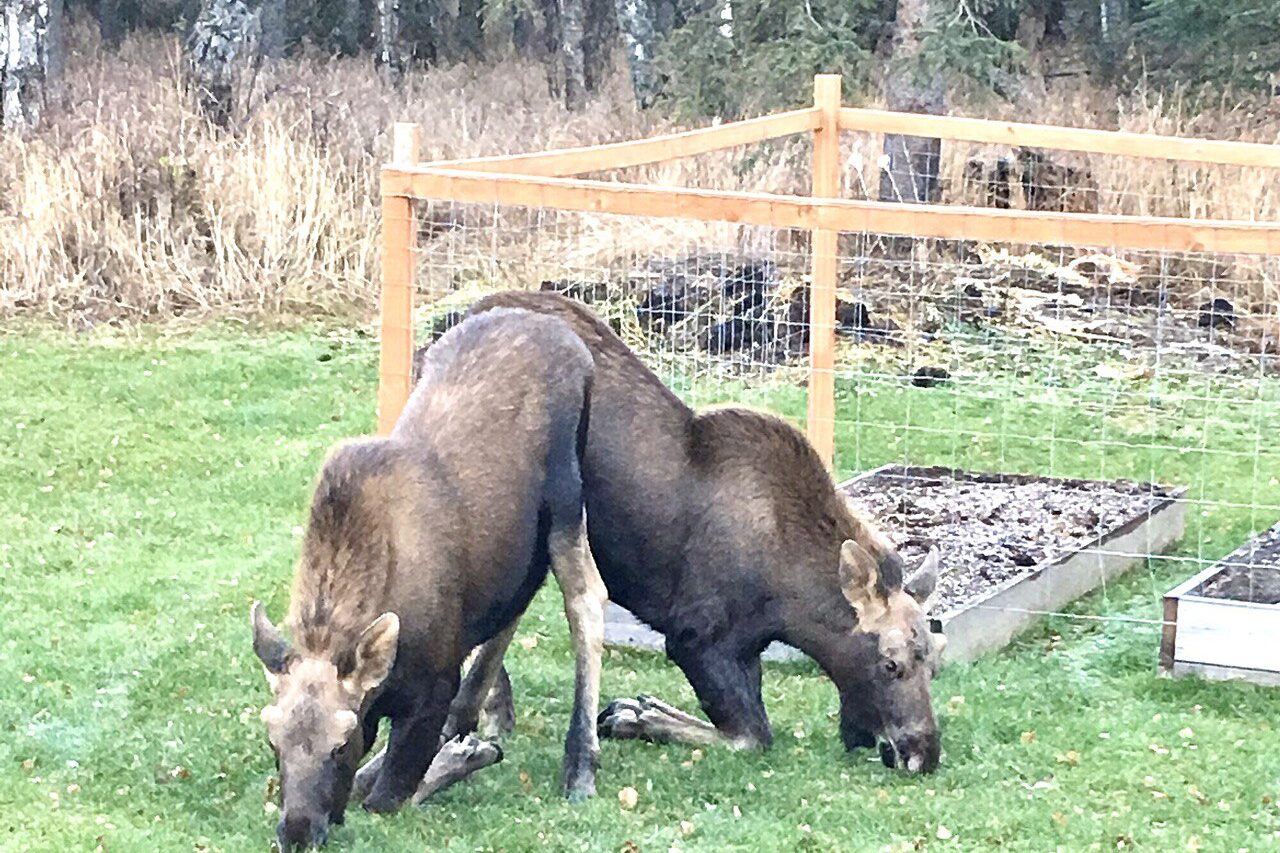
The predation of moose by killer whales has significant ecological implications, as it showcases the interconnectedness of marine and terrestrial ecosystems. This unique predator-prey relationship emphasizes the role of killer whales as apex predators, influencing the population dynamics of moose and other species within the coastal habitat. As orcas hunt moose, they may help regulate moose populations, preventing overgrazing and promoting healthier ecosystems.
Furthermore, the effects of killer whale predation extend beyond just moose. The presence of orcas in coastal areas can impact the behavior and distribution of other wildlife, including seals and birds. As an apex predator, the killer whale plays a crucial role in maintaining the balance of the ecosystem. Understanding these interactions is essential for conservation efforts, as it highlights the importance of protecting both marine and terrestrial habitats to preserve biodiversity.
6. Cultural Significance

The relationship between killer whales and moose also holds cultural significance for indigenous communities that inhabit coastal regions. Many indigenous cultures have long recognized the intricate connections between land and sea, viewing orcas as powerful symbols of strength and intelligence. The hunting of moose by killer whales may be seen as a reflection of nature’s balance and the complex relationships that exist within ecosystems.
Additionally, these interactions can inspire stories, art, and traditions that celebrate the unique behaviors of both killer whales and moose. Understanding these cultural perspectives enriches our appreciation for the natural world and emphasizes the importance of preserving these ecosystems for future generations. By recognizing the cultural significance of these predator-prey dynamics, we can foster a deeper connection to the environment and promote conservation efforts.
7. Adaptability of Killer Whales
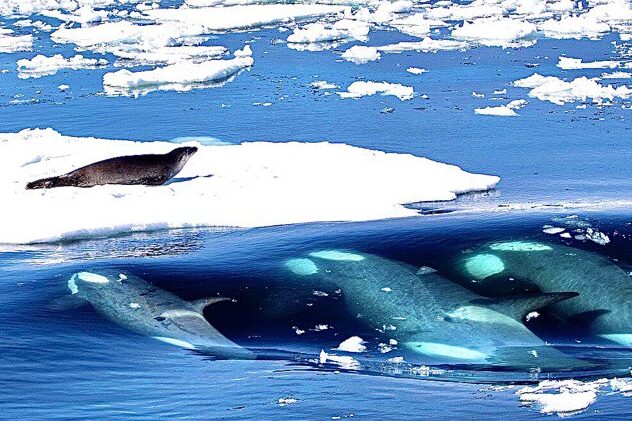
Killer whales are renowned for their adaptability, which is evident in their diverse diet and hunting strategies. The ability to hunt moose demonstrates their capacity to exploit various food sources, depending on availability and environmental conditions. This flexibility is a key factor in their success as a species, allowing them to thrive in different habitats and conditions. Their adaptability not only showcases their intelligence but also highlights the importance of understanding how species can adjust to changing environments.
Moreover, this adaptability is crucial in the face of environmental changes, such as climate change and habitat loss. As marine ecosystems evolve, killer whales may continue to adjust their hunting behaviors and prey preferences. Studying these changes can provide valuable insights into the resilience of killer whales and their ability to navigate challenges in their environment. Understanding their adaptability is essential for conservation efforts aimed at protecting these remarkable animals and their habitats.
8. Conservation Challenges

Despite their adaptability, Killer whale conservation faces challenges including prey scarcity due to overfishing, water pollution, vessel traffic noise, and inbreeding within specific populations, like the Southern Resident killer whales, which can indirectly affect the moose populations along coastal areas. As environmental conditions change, the delicate balance between predator and prey may be disrupted, leading to unforeseen consequences for both species.
Additionally, the decline of fish populations, which are a primary food source for killer whales, can force these predators to seek alternative prey, such as moose. This shift in hunting behavior can create further stress on moose populations and disrupt the ecological balance. Addressing these conservation challenges is critical for ensuring the long-term survival of both killer whales and their prey. Collaborative efforts to protect marine and terrestrial habitats are essential for maintaining healthy ecosystems and preserving biodiversity.
9. Research and Observation
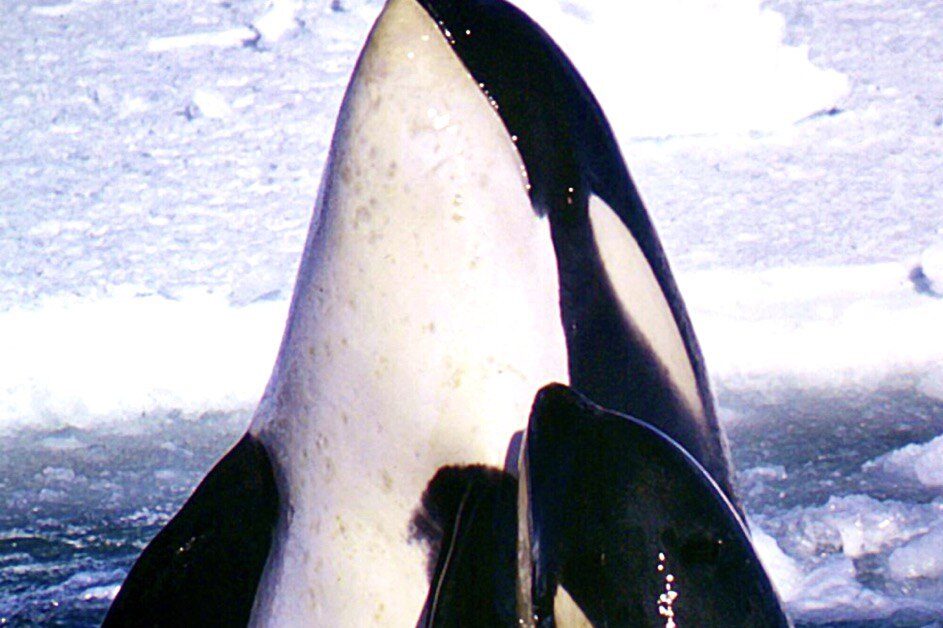
The study of killer whales hunting moose has garnered interest from researchers and wildlife enthusiasts alike. Observations of this behavior provide valuable data on the complexities of predator-prey relationships and the ecological dynamics at play. Researchers utilize various methods, including field observations and tracking technology, to gain insights into the hunting patterns and behaviors of killer whales in coastal regions.
As scientists continue to explore this fascinating interaction, they uncover new information about the adaptability and intelligence of killer whales. This research not only enhances our understanding of these magnificent creatures but also contributes to broader conservation efforts aimed at protecting marine ecosystems. By sharing their findings with the public, researchers can raise awareness about the importance of preserving both marine and terrestrial environments for the benefit of all species involved.
10. The Future of Predator-Prey Dynamics

The ongoing study of killer whales and their surprising predation of moose raises important questions about the future of predator-prey dynamics in changing ecosystems. As environmental conditions continue to evolve, the interactions between killer whales and moose may also shift, leading to new patterns and behaviors. Understanding these dynamics is crucial for predicting how species will adapt to future challenges, including climate change and habitat loss.
Moreover, the relationship between killer whales and moose serves as a reminder of the interconnectedness of ecosystems. Protecting both marine and terrestrial habitats is essential for maintaining the delicate balance between predator and prey. As we move forward, fostering a greater understanding of these relationships will be vital for conservation efforts aimed at preserving biodiversity and ensuring the survival of both killer whales and moose in their natural habitats.
11. Orcas as Formidable Apex Predators
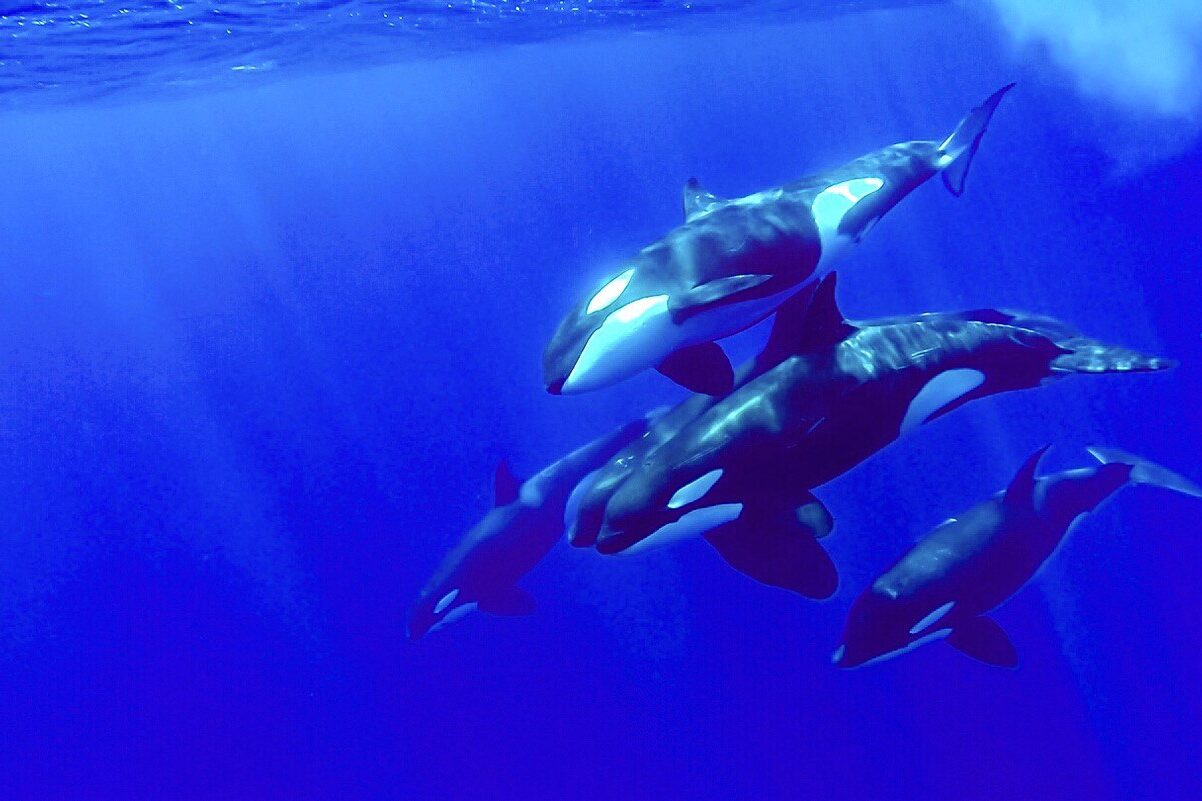
Killer whales are often regarded as one of the most formidable apex predators in the ocean, and their hunting prowess sets them apart from other sea predators, such as sharks. Unlike sharks, which rely primarily on their acute sense of smell and speed to catch prey, orcas employ complex social structures and cooperative hunting strategies. This teamwork allows them to take down larger and more challenging prey, including moose, seals, and even other whales. Their ability to communicate and coordinate during hunts gives them a distinct advantage, making them highly effective hunters.
Additionally, orcas possess a high level of intelligence that enables them to adapt their hunting techniques based on the specific prey they are targeting. This adaptability is not commonly seen in many other marine predators. For example, while a great white shark may rely on ambush tactics, orcas can modify their approach, using tactics like wave washing to disorient and capture their prey. This versatility, combined with their size and strength, solidifies their status as apex predators in the marine environment.
12. The Moose’s Limitations
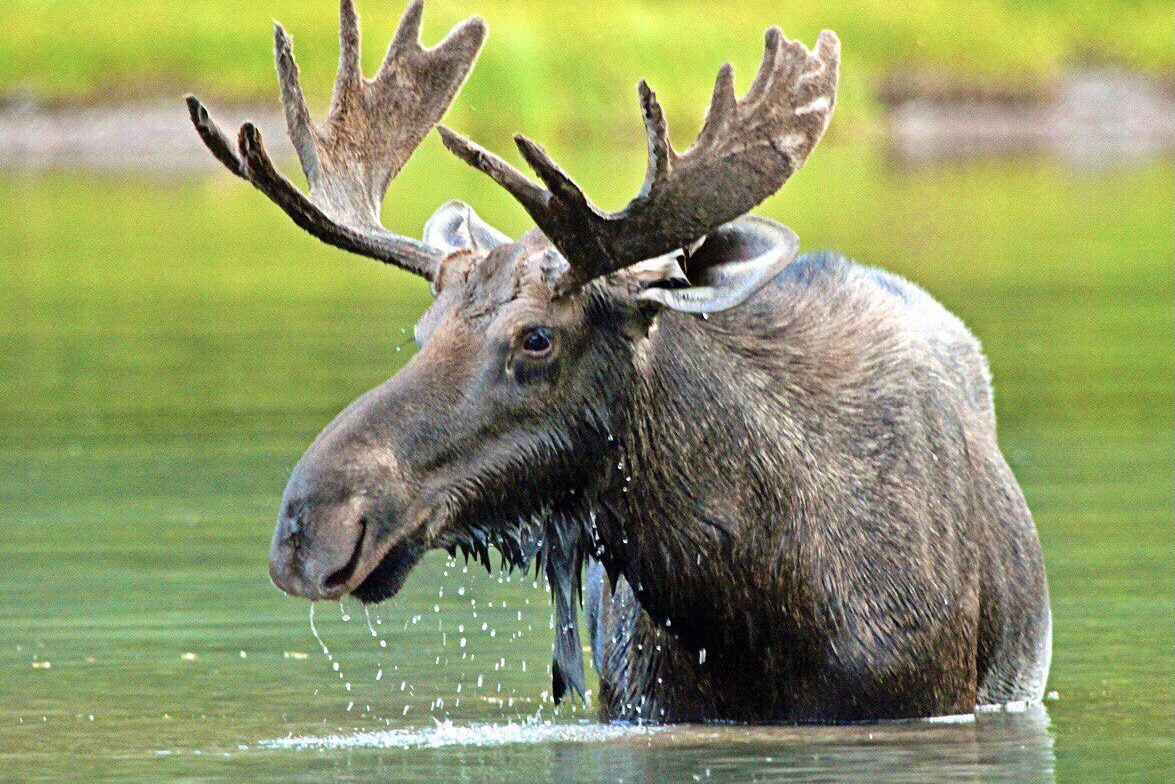
Despite their impressive size and strength, moose are unable to outsmart killer whales, primarily due to their lack of awareness of the dangers lurking in coastal waters. While moose are powerful animals capable of defending themselves against many terrestrial predators, they are not equipped to deal with the sophisticated hunting tactics employed by orcas. The moose’s natural instincts do not prepare them for the threat posed by a predator that can exploit their movements near the water’s edge. Furthermore, the moose’s vulnerability is heightened by its behavior during the summer months when they are drawn to the shoreline for food.
This creates an opportunity for orcas to launch surprise attacks, taking advantage of the moose’s limited awareness of their surroundings. The combination of the killer whale’s intelligence, adaptability, and social hunting strategies makes it difficult for even the largest land mammals to evade them. As we observe this unique predator-prey relationship, it becomes clear that the complexities of nature often reveal surprising outcomes, reminding us of the delicate balance that exists within ecosystems.


